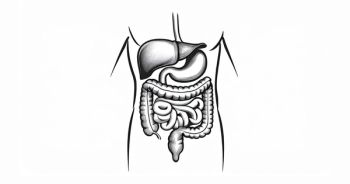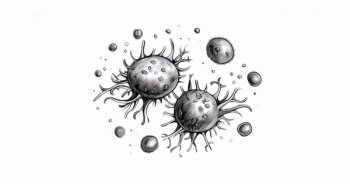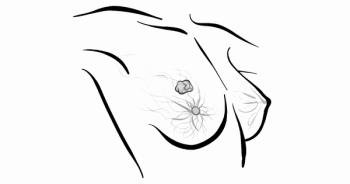
Future Directions After AURIGA: Daratumumab and Lenalidomide in Myeloma
Ashraf Z. Badros, MB, ChB, discusses the next steps following the phase 3 AURIGA trial of daratumumab and lenalidomide vs lenalidomide maintenance in patients with newly diagnosed multiple myeloma.
Ashraf Z. Badros, MB, ChB, professor of medicine, director of the Multiple Myeloma Service, and vice chair of the Clinical Research Committee for the Program in Oncology at the University of Maryland School of Medicine in Baltimore, discusses the next steps following the phase 3 AURIGA trial (NCT03901963) of daratumumab (Darzalex) and lenalidomide vs lenalidomide maintenance in patients with newly diagnosed multiple myeloma.
Transcription:
0:10 | I think the trial really establishes the addition of daratumumab, not only to induction and consolidation, which are now standard of care, as shown by trials like GRIFFIN [NCT02874742] and PERSEUS [NCT03710603] supporting its use in newly diagnosed patients, but also as maintenance with lenalidomide to prolong or improve MRD negativity. The definitive trial will likely be conducted and reported by SWOG, which randomizes patients between daratumumab and lenalidomide vs lenalidomide alone after transplant. This trial will include patients who received daratumumab during induction. There will also be a second randomization after 2 years for patients who are MRD-negative to see if they can go on observation or continue with maintenance.
1:06 | The next step will likely be using MRD to guide the duration of treatment. As you know, the FDA has approved MRD, and the Oncologic Drugs Advisory Committee voted in favor of using MRD as a surrogate end point in myeloma trials, which will help with accelerated approval. For us as clinicians, the next step is going to be to use MRD data to guide treatment duration. Right now, we don’t have clear data on when to stop, but at a minimum, treatment might be stopped after 2 to 3 years. Some people would consider stopping maintenance treatment, especially in standard-risk patients, while high-risk patients and those with high-risk cytogenetics might require continuous treatment due to the higher risk of progression.









































